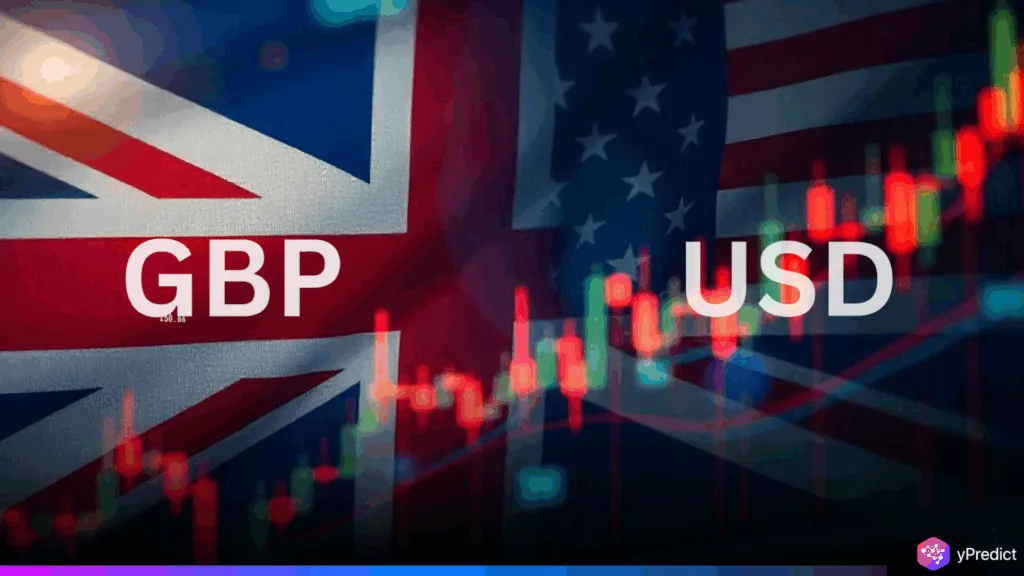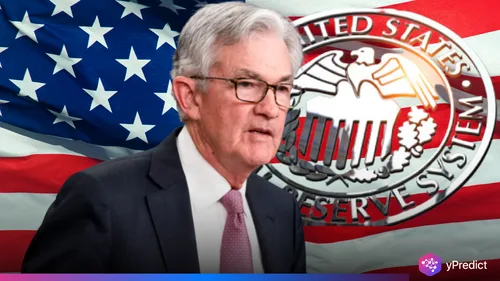
The Pound Sterling continued higher against the US Dollar on Tuesday, continuing a rally to nearly 1.3380, the highest level seen in weeks. The British currency furthered gains for the second consecutive session as the US Dollar softened following solid weakness after Moody’s downgrade of US sovereign debt. The results triggered fears in the broader markets and increased selling pressure on the US Dollar.
On the last trading day of last week, Moody’s downgraded US long-term debt from Aaa to Aa1 based on the government’s growing $36 trillion debt load. The rating change decreased confidence in US-based assets with Treasury yields responding strongly at first only to recede. The US Dollar Index (DXY) trended lower toward 100.00, resting near weekly lows.
The downgrade has forced global investors to rethink risk allocations and in a beneficial manner for the Pound Sterling as the UK continues to establish trade relations and report positive economic indicators.
UK-EU ‘Reset’ Agreement Boosts Pound Sentiment
The GBP/USD pair also rose due to news that the UK has signed a reset agreement with the EU and established a more formal trade and defense relationship with Europe after years of uncertainty following Brexit. This comes right after the UK completed bilateral agreements with both India and the US, showing the UK’s proactive attitude towards global trade.
The New UK-EU agreement contains key provisions:
A Sanitary and Phytosanitary (SPS) agreement to simplify the inspections of plant and animal products.
UK inclusion in eurozone defence funding.
A commitment of £360 million to the UK fishing industry.
These developments clearly demonstrate a renewed cooperation between London and Brussels and have increased investor’s optimism toward the Pound Sterling.
US-China Tensions, Fed Outlook Add to USD Weakness
Tensions between the US and China have flared once again and added to downward pressure on the USD. Over the weekend, China accused the US of derailing trade talks following warnings from Washington earlier that the US would not allow the AI chips of China’s Huawei company to be used globally. Beijing criticized US policy as “discriminatory”.
The US Federal Reserve is continuing to throw mixed messages this week regarding future US interest rates. In a speech given early this week, Atlanta Fed President Raphael Bostic noted that it would take longer for inflation to return to the Fed’s 2% target which he stated meant only one interest rate cut in 2025. This careful approach has not given the dollar any support in the short term.
GBP/USD Eyes 1.3445 Breakout
Technically, GBP/USD remains bullish. The pair is comfortably above the 20-day Exponential Moving Average (EMA) at 1.3280. The 14-day RSI is approaching the 60 mark, suggesting growing momentum.
On the upside, the three-year high of 1.3445 is a major resistance level. If the pair breaks above it, it could open the door to further gains. On the downside, 1.3000 remains a strong psychological support.
Pound Sterling Benefits from US Woes and UK Trade Wins
The Pound Sterling’s recent rally is being driven by a combination of external weakness in the US Dollar and internal strengths of the UK’s strategic trade partners. The US debt downgrade, renewed China tensions and an uncertain Fed policy outlook have met at a timely convergence to give GBP/USD bulls an appropriate context. Further support for holding the Pound in the near term may be coming with UK CPI data.







